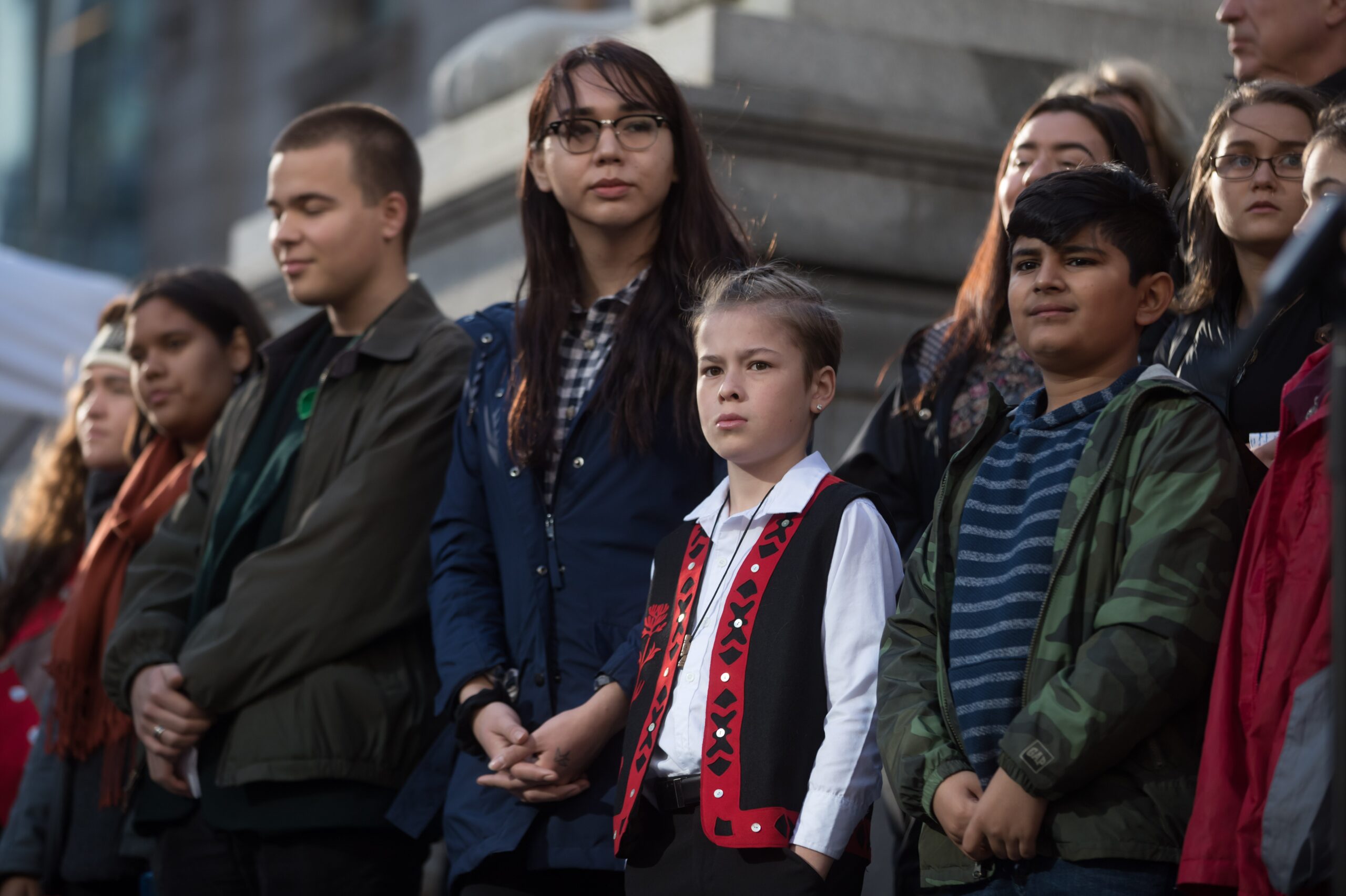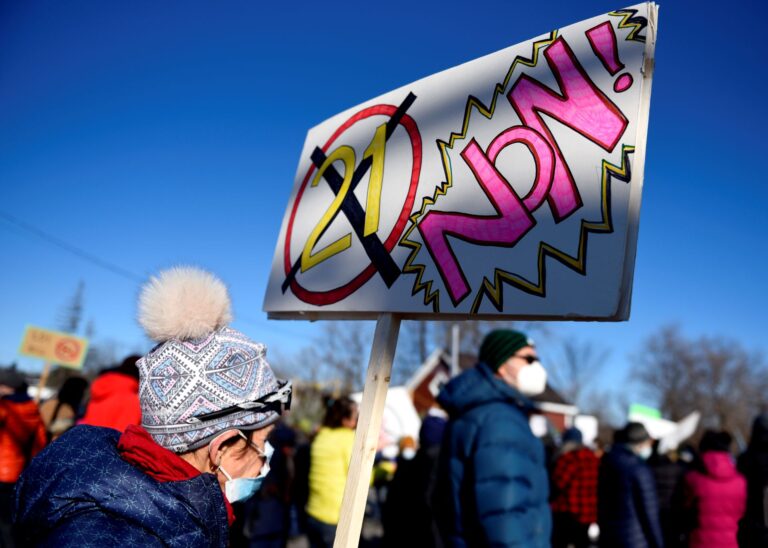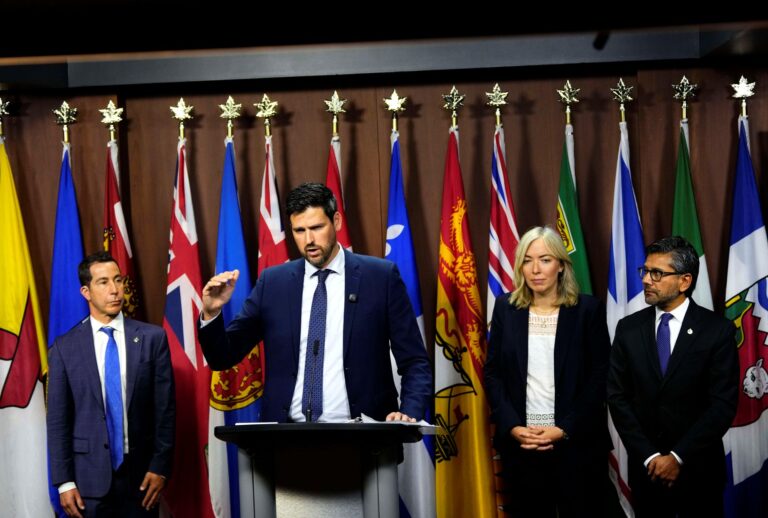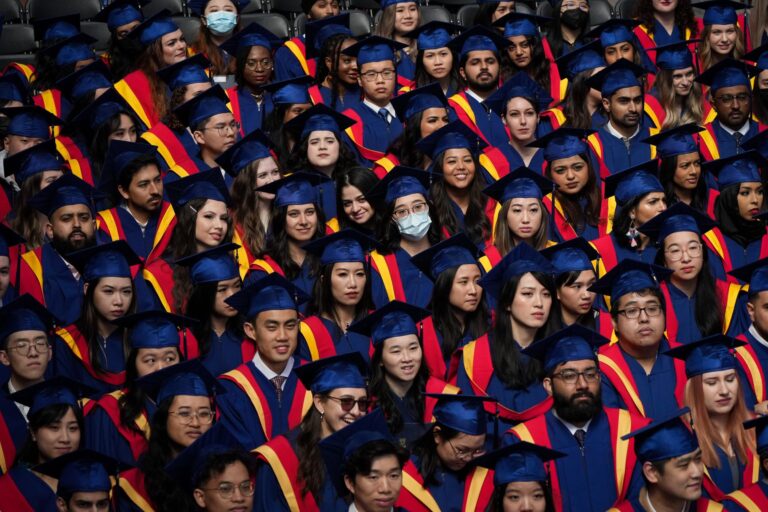(Version française disponible ici.)
As children and young people increasingly assert their rights, Canadian institutions are struggling to keep pace. Their structures and mechanisms remain largely designed for an adult public. The question, then, is whether we are ready to adapt these systems to young rights-holders.
The Convention on the Rights of the Child (CRC), which came into force in 1990, has profoundly changed the way we view children. They are no longer seen as mere beneficiaries of protection, but as full-fledged human beings with the right to be heard, to participate in civic action, and to shape their own futures.
Over the decades, children around the world have done their part to give real meaning to the convention. They have spoken out, mobilized, and held the institutions that are supposed to serve them accountable. Children in Canada are no exception.
From Shannen Koostachin, a young Cree girl from Attawapiskat who led a national campaign for equitable education for First Nations children, to the young plaintiffs in the La Rose and Mathur climate change cases, children and youth have asserted themselves as human rights advocates. Their courage has brought crucial issues such as educational inequality and environmental justice to the forefront of public and legal debate.
As researchers, we wanted to understand how Canadian institutions, particularly courts, human rights commissions, ombudsman offices, and child and youth advocates, are adapting to this new reality. Are these systems, designed by and for adults, accessible to children and adapted to these young rights holders when they wish to assert their rights?
Institutional practices with mixed results
Our research findings suggest a nuanced picture. Some institutions have made impressive progress. For example, Canada’s offices of child and youth advocates, grouped together under the Canadian Council of Child and Youth Advocates (CCCYA), have implemented promising practices to reach children where they are.
Young people can communicate directly with these offices. In addition, advocates visit schools, community centers, recreational facilities, and clubs to inform children of their rights and explain how to access advocacy services.
This approach recognizes that access to justice is increased when institutions collaborate with trusted mediators, such as teachers, community workers, or elders, who are already on the ground, particularly in communities affected by systemic inequalities.
These institutions also allow children to share their grievances in a variety of ways, such as by phone, email, online form, social media, or walk-in service. These choices empower more young people to take action.
However, our research also shows that some institutions still do not recognize children as rights holders, or even as part of the “public” they are mandated to serve.
Well-being of children with disabilities calls for rights-based policies
Ontario’s focus on child welfare finances won’t keep kids safe
Ottawa must do more to help parents of children with disabilities
These institutions do not expect to receive communications from children, even though nothing excludes children from their mandate. As a result, some people argue that few children use their services, while acknowledging that they have not really sought to simplify their processes to make them more appealing or convenient for young people. This circular reasoning amounts to systematically excluding children.
A truly rights-based approach would reverse the question: it is not a matter of asking “Why don’t children come to us?” but rather “What barriers in our processes prevent them from coming?” The right to equality and human rights require institutions to remove these barriers to ensure procedural and substantive justice that considers children’s ability to understand, participate, and be heard, in accordance with best practices in child-friendly justice.
Tools to facilitate children’s access to rights advocacy
The good news is that there are promising practices and concrete tools available. Our team has developed a justice toolkit for institutions that serve the public, offering guidelines for making their processes accessible, visible, adaptable, relational, and responsive to children.
These changes are not cosmetic. For example, we encourage institutions to ask themselves the following questions so they can identify gaps and improve their practices:
- Is the institution available to all children or only certain groups of children?
- Are children aware of the institution and its services?
- Does the institution have mechanisms specifically designed for children?
- Are the mechanisms adapted to the diversity of children: children of different ages, racialized children, Indigenous children, girls, children with disabilities, children who identify as LGBTQ2S+?
- Does the institution offer specific training to its employees regarding children?
- Are children invited to participate in developing solutions to their problems?
Children have already shown us how to bring the convention to life. They have protested, filed lawsuits, and campaigned for justice, not only for themselves, but also for future generations. It is time for adults and the institutions they lead to do their part, ensuring that justice and human rights systems are truly accessible to all, including children.
The promise of the convention remains. The real question is whether we, as adults, will finally live up to the example that children have set for us.












